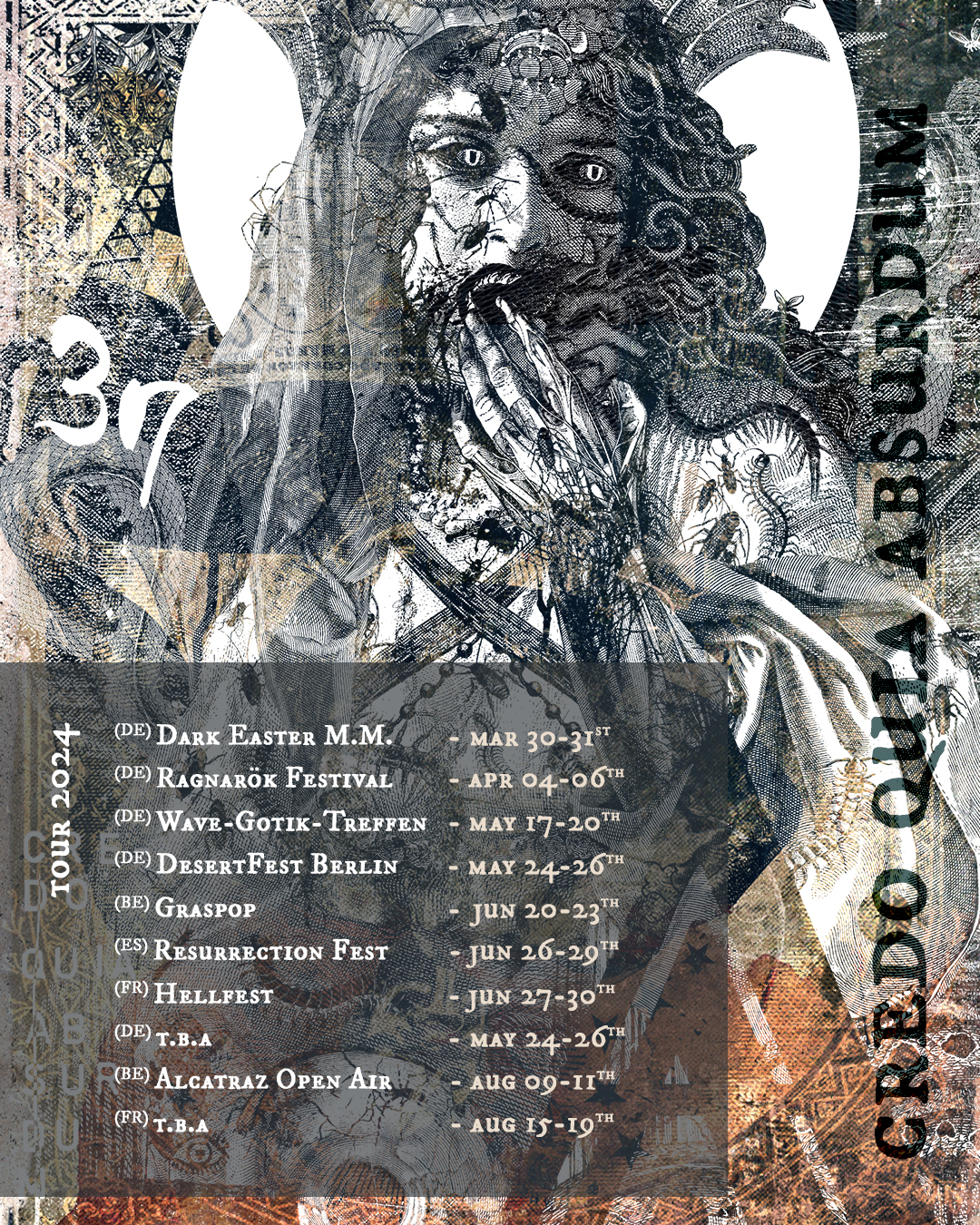Before we start explaining this design there’s something we must clarify: Horus was not crucified.
Unlike the theories around the internet and some documentaries. That’s not the truth, at least not in the way we usually see.
The confusion is probably connected to their main symbols, Christ is linked to the roman cross while Horus is linked to the Ankh cross. But there are other similarities, both are sons of God; both were born from a virgin; Horus had twelve followers, Christ had twelve disciples; both are the morning star; they are both part of the divine trinity Father/Son/Holy Spirit and dozens of other resemblances.
Talking about the life and miraculous works of Jesus, we’d love to introduce you to an endless list of deities with the same life stories as this nazarene guy. From Adonis to Buddha, Prometheus, Zoroaster, Mithra or even Thor- the list is vast, so, as you see, these people were not very original.
Amongst all of those gods we decided to choose Horus because we wanted to work with some Egyptian style.
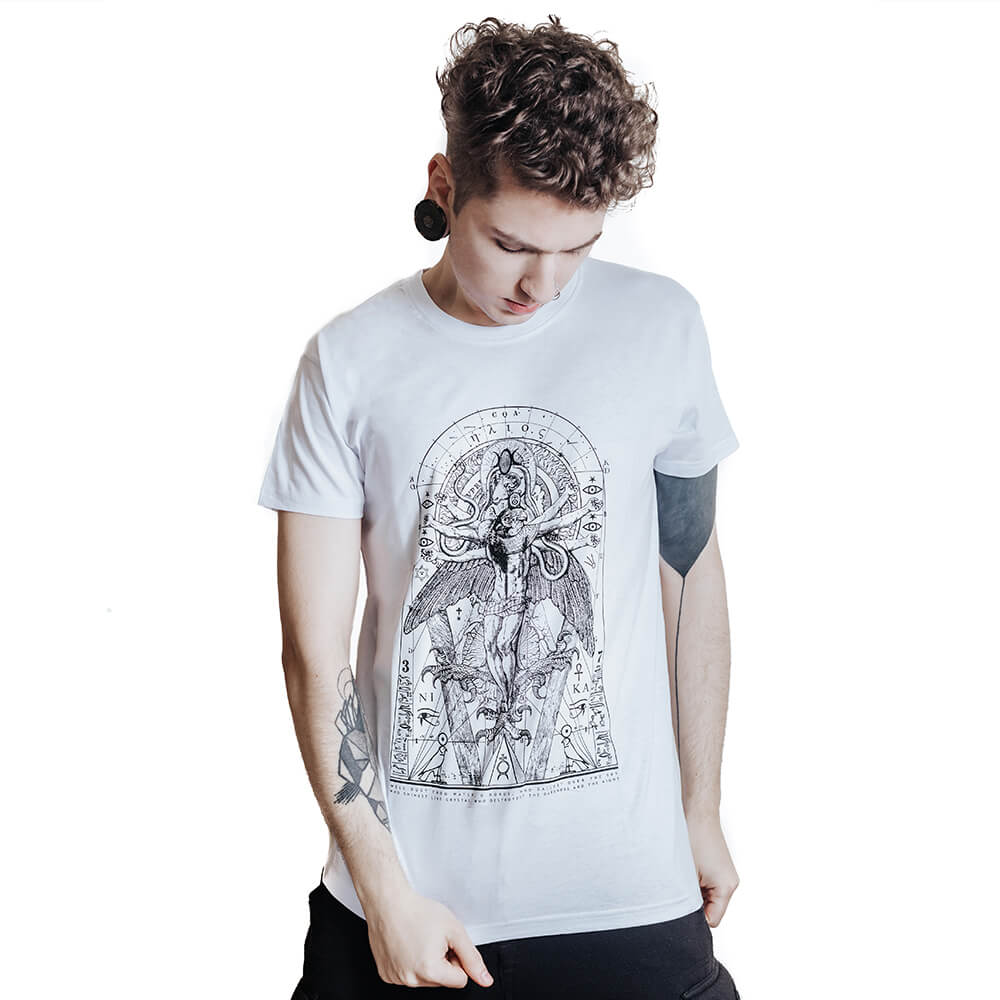
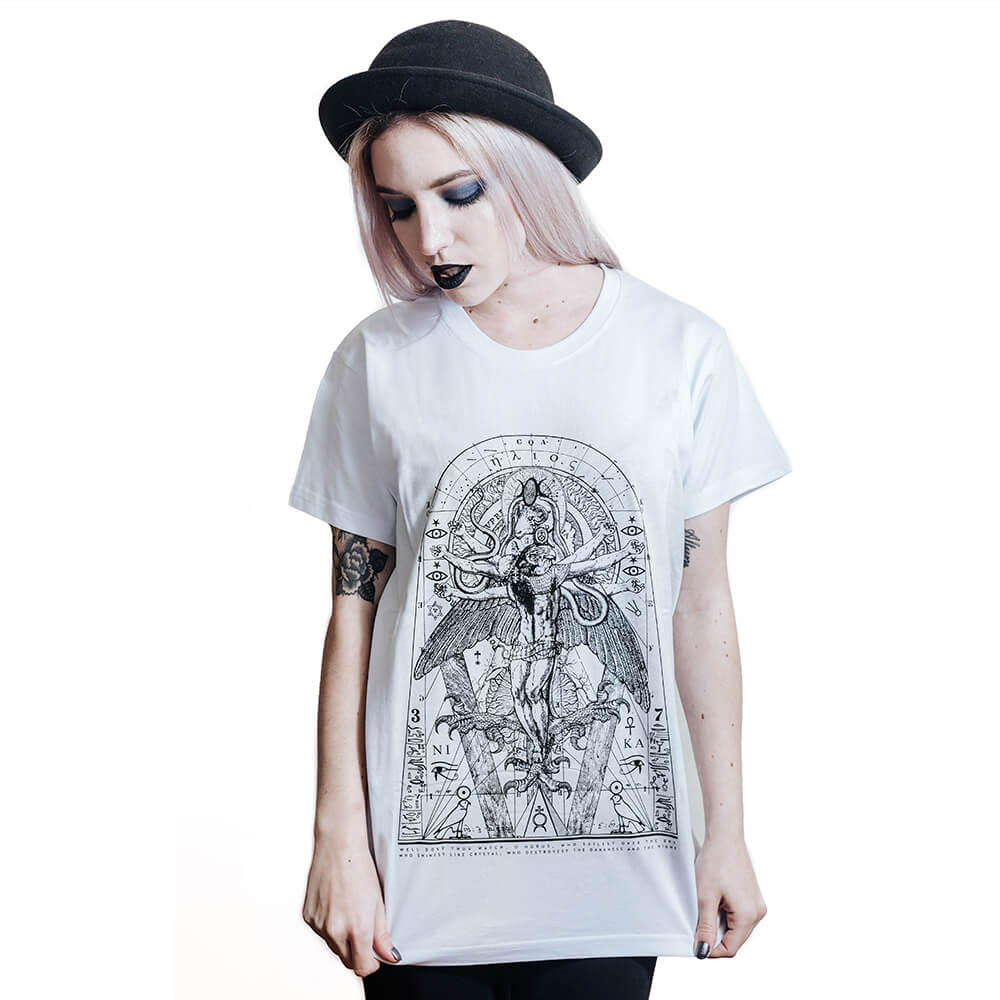
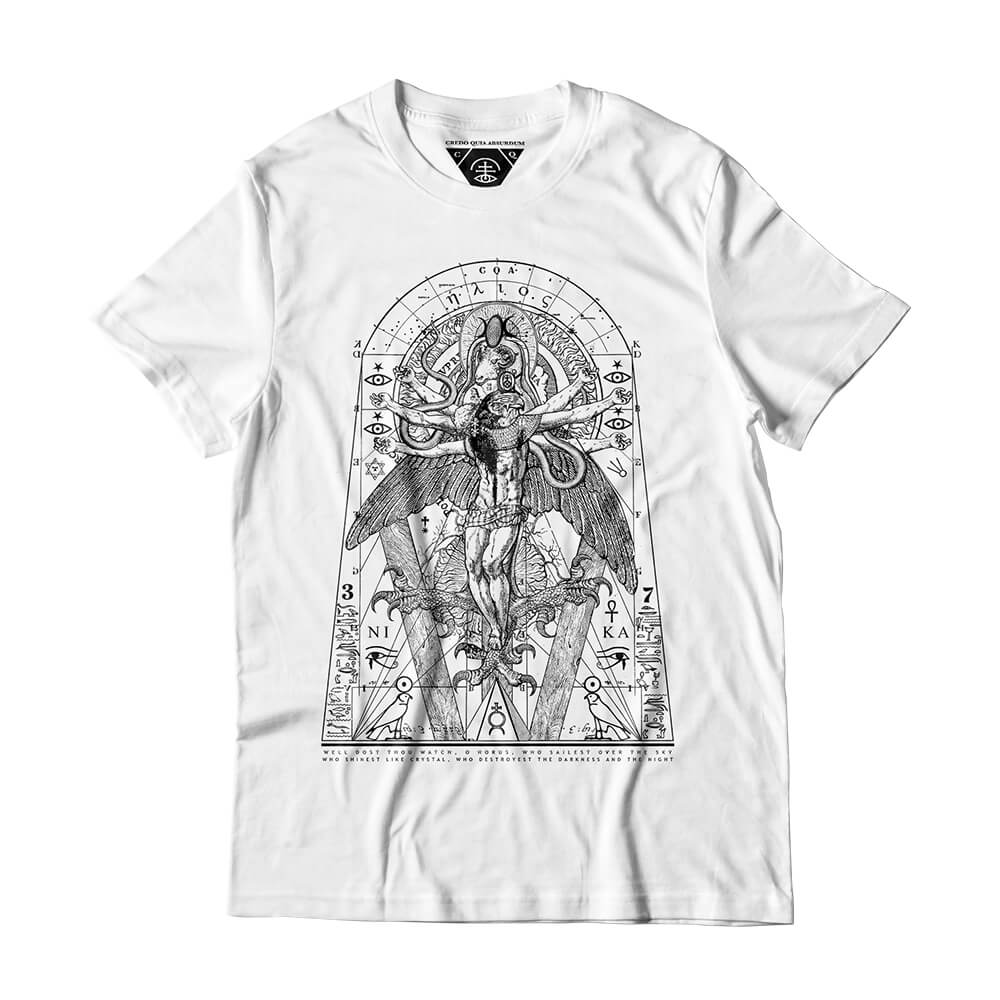
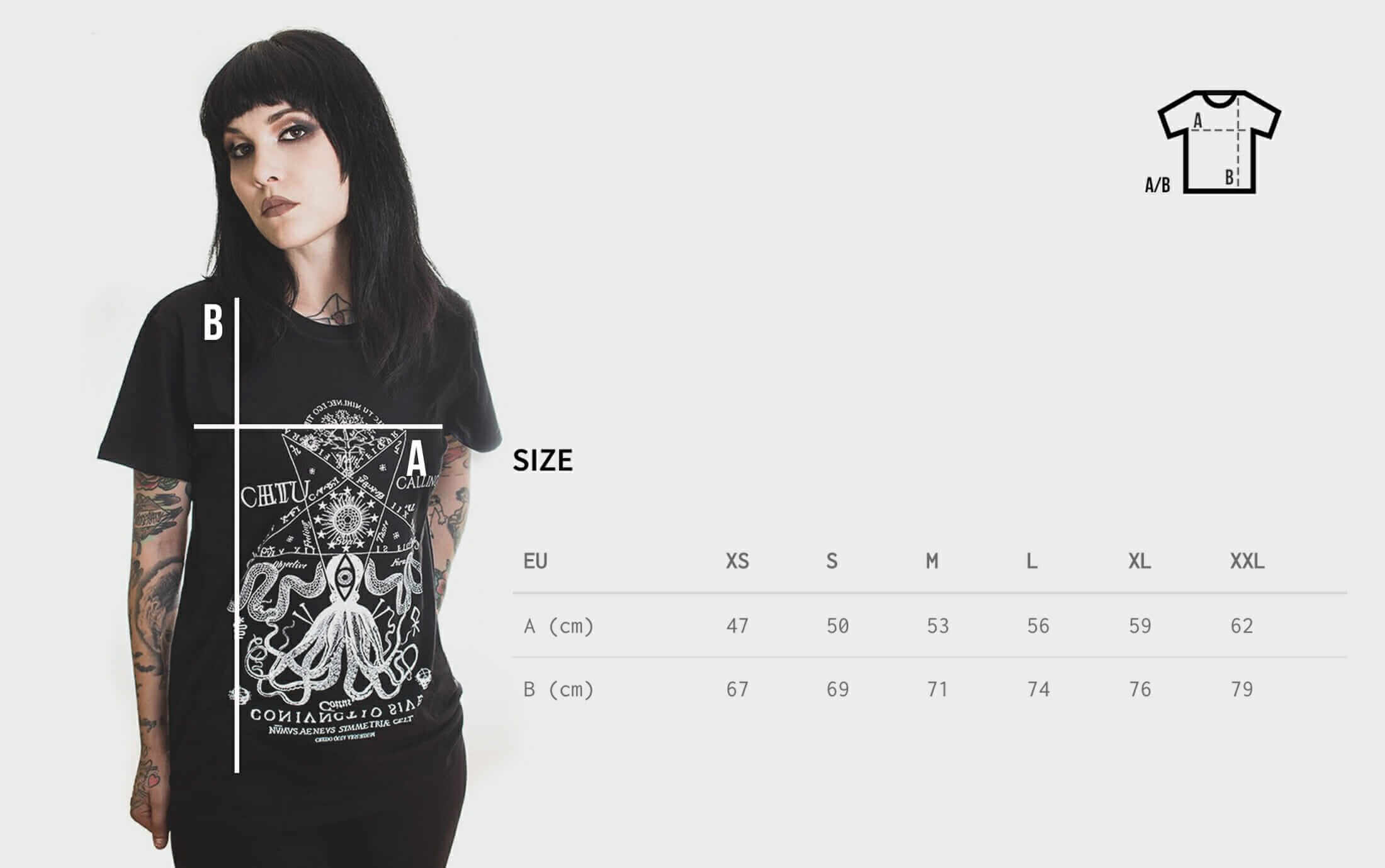
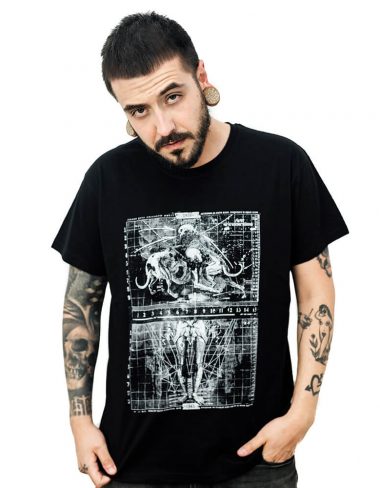
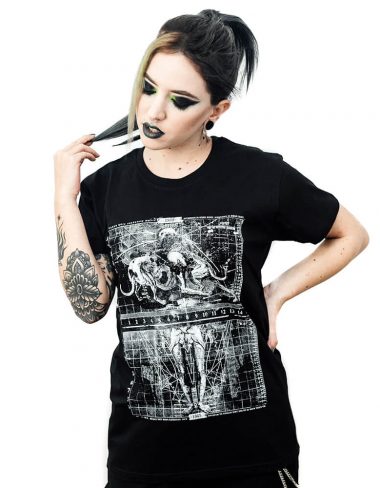
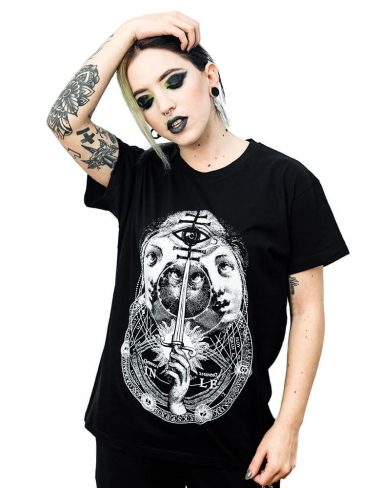
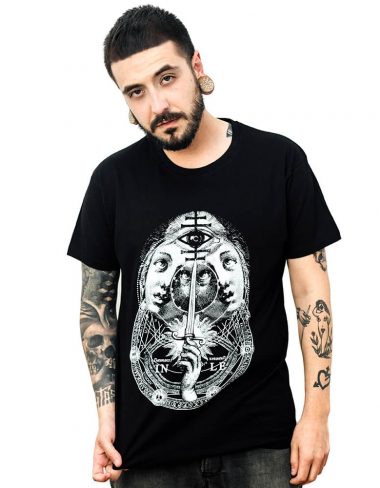
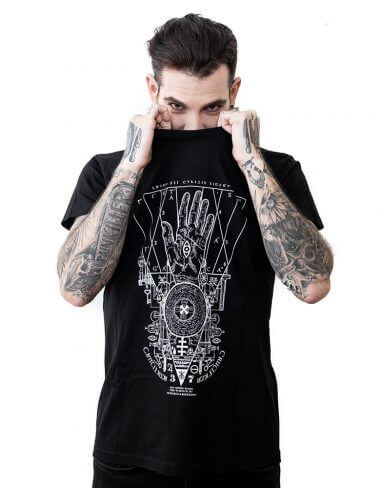
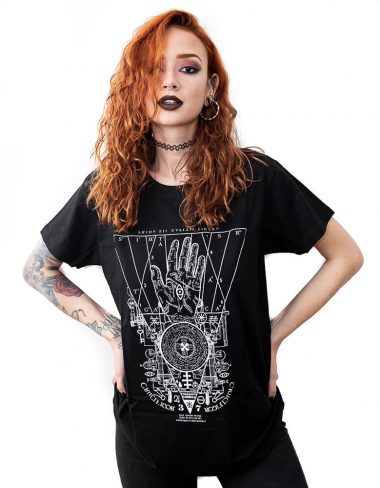

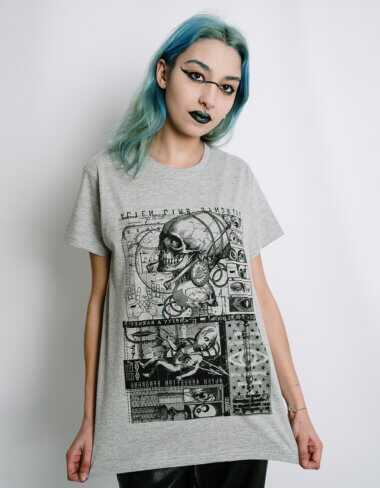
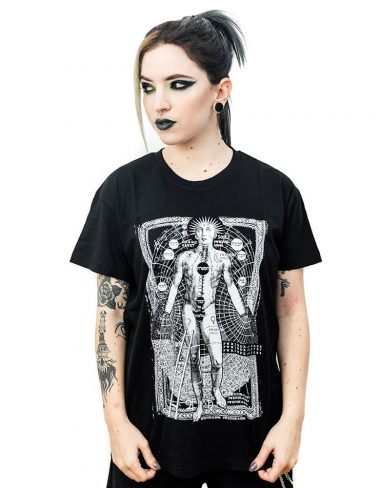

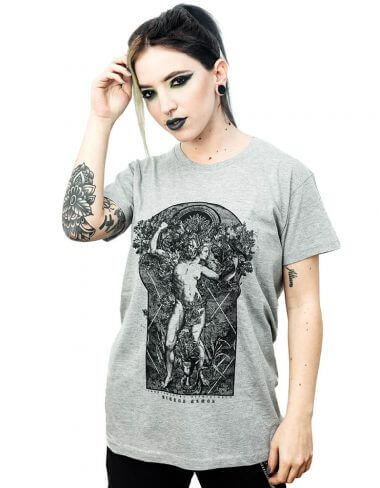
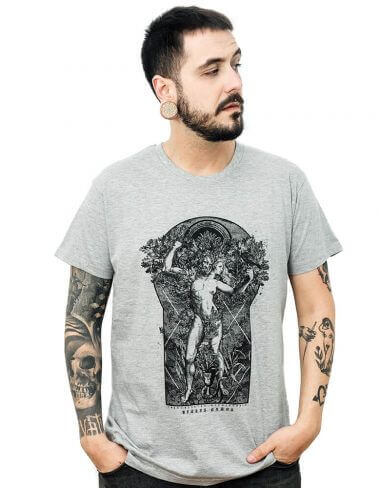
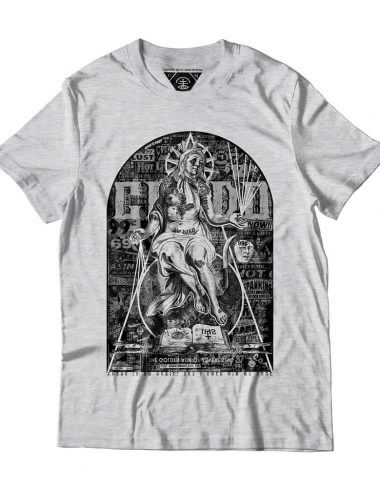

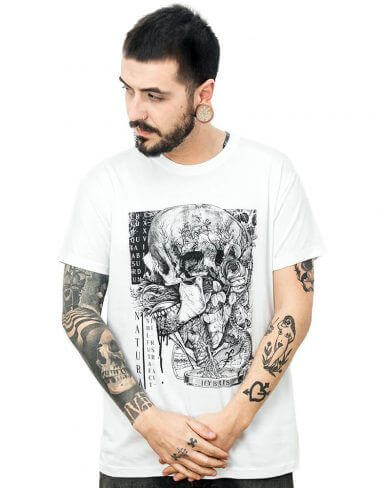
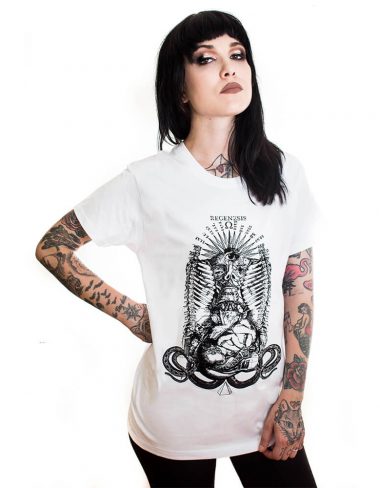
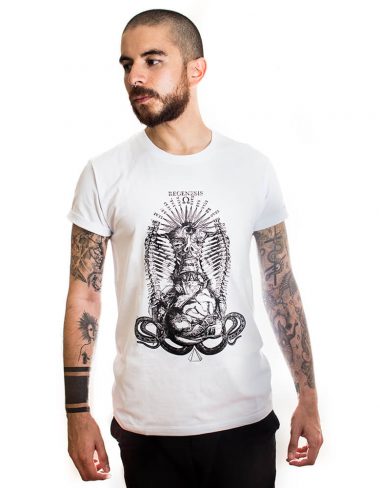
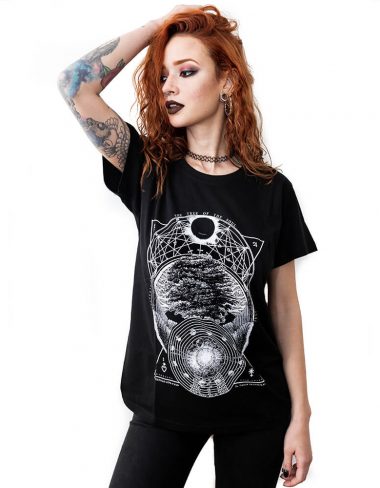

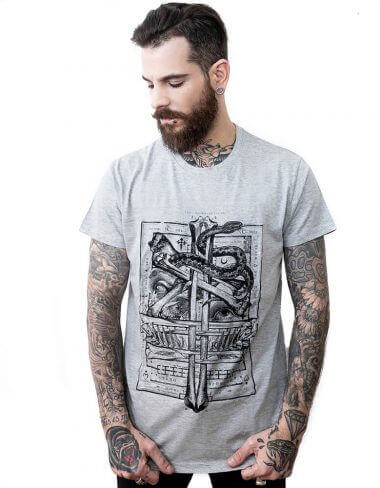

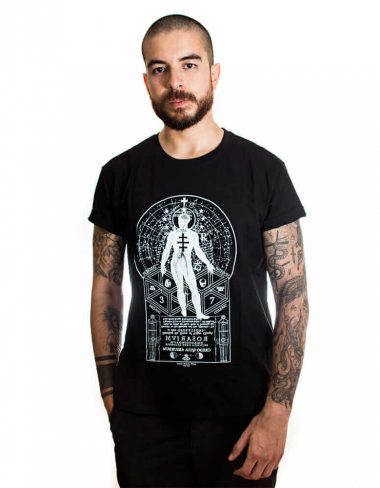
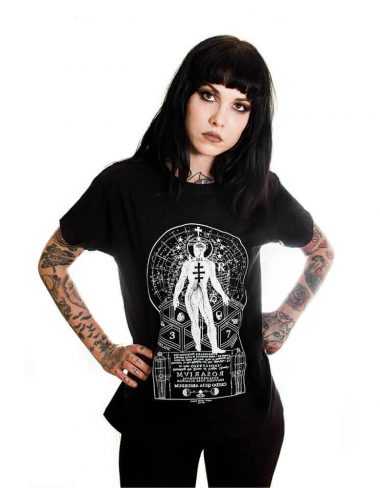
 No products in the cart.
No products in the cart. 